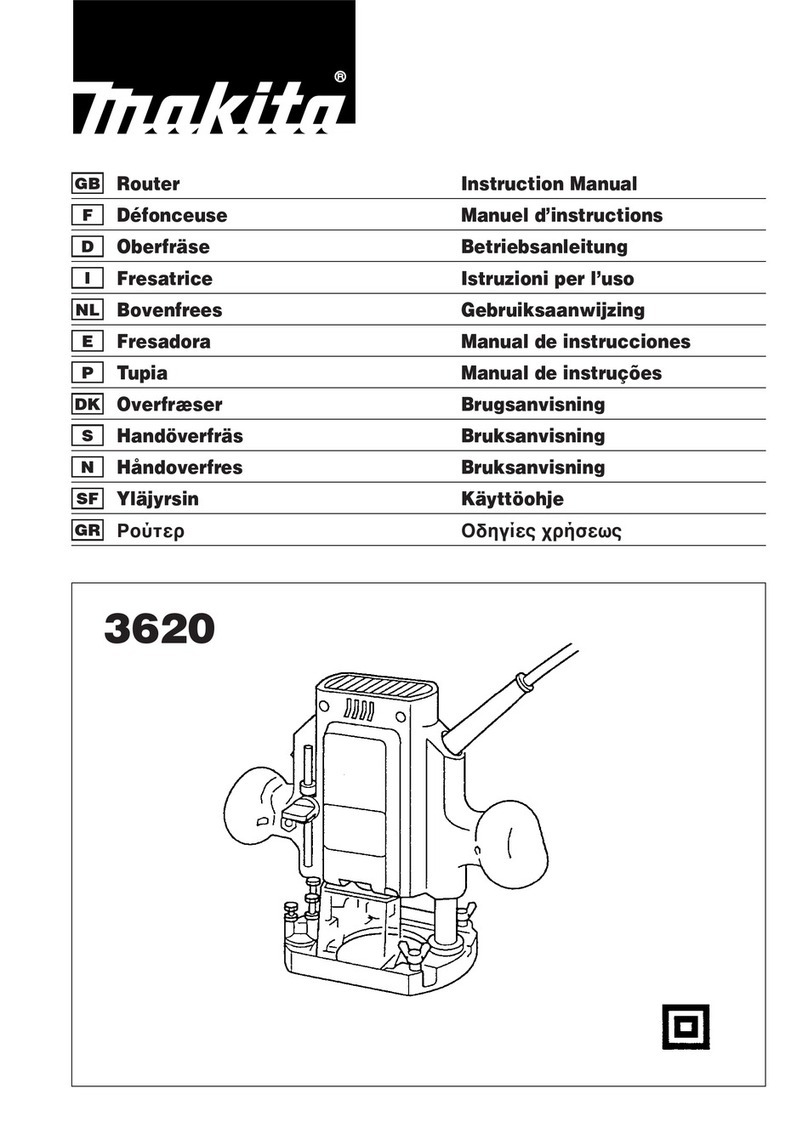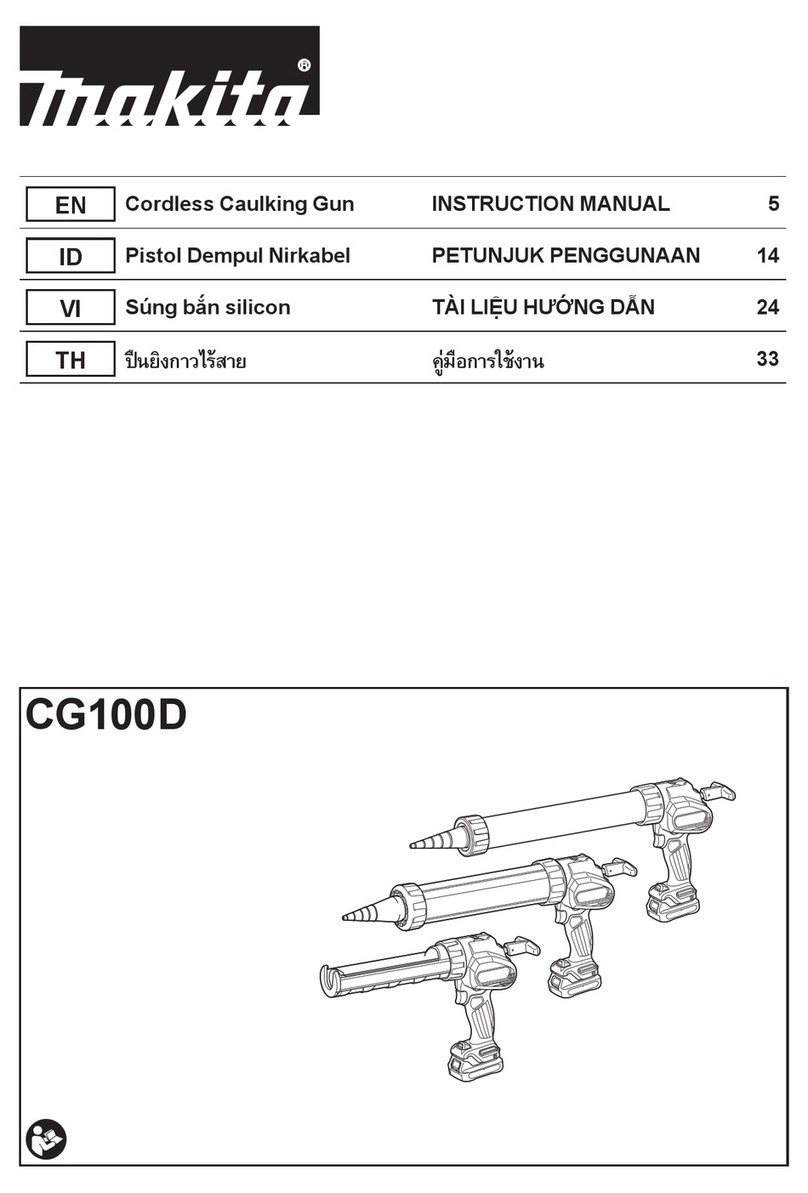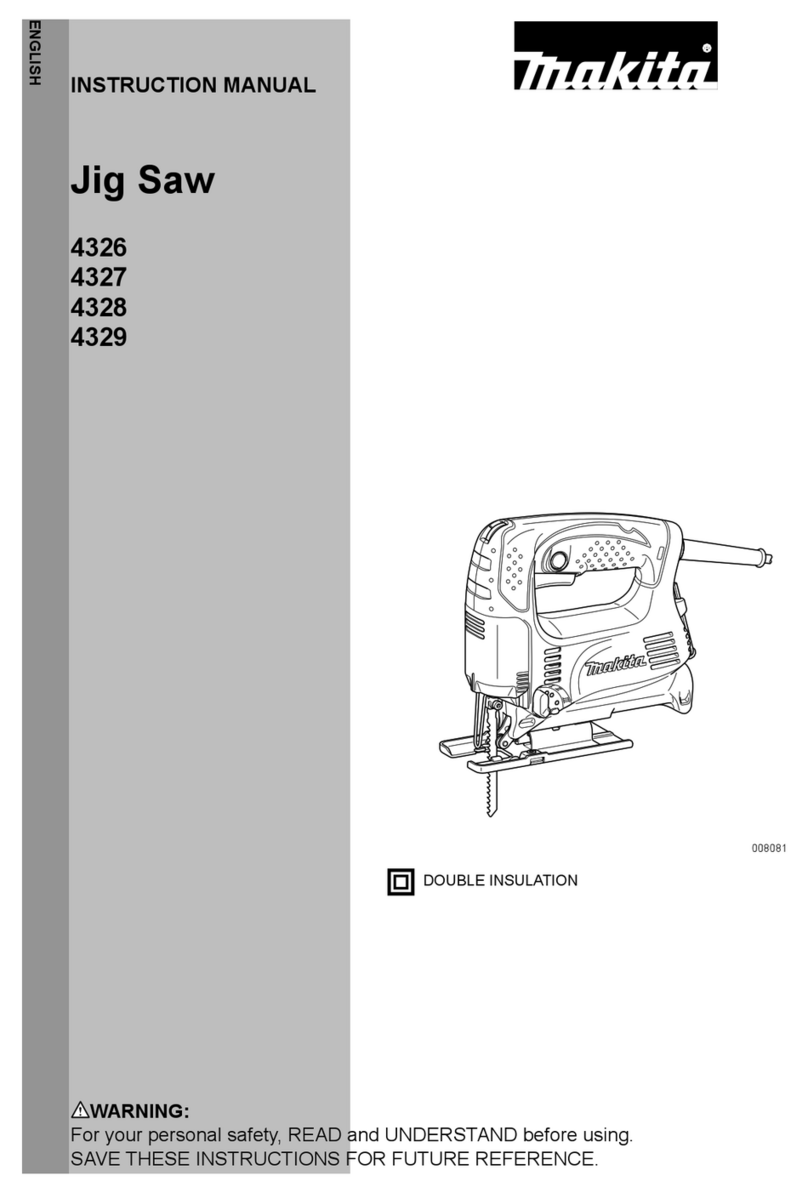Makita HK1820 Manual
Other Makita Power Tools manuals

Makita
Makita HM1801 User manual

Makita
Makita HM0810B User manual

Makita
Makita KP0810 User manual
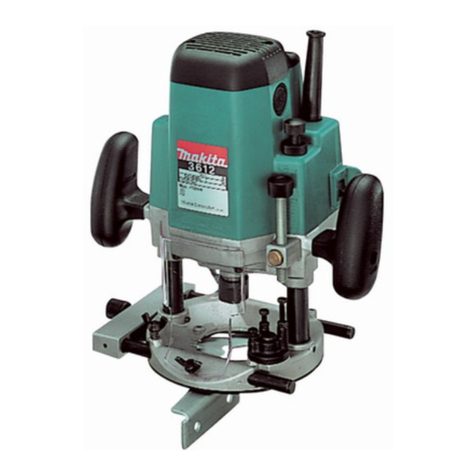
Makita
Makita 3612 Quick start guide

Makita
Makita N1923B User manual

Makita
Makita BPJ140 User manual
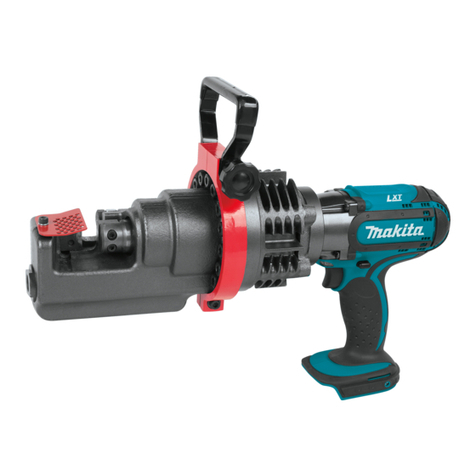
Makita
Makita XCS01 User manual
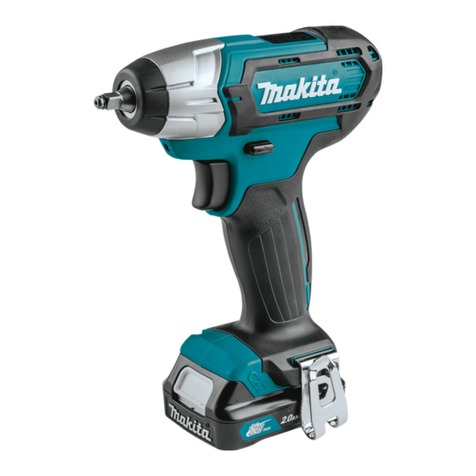
Makita
Makita WT04 User manual

Makita
Makita 3612 User manual

Makita
Makita HM1303B User manual

Makita
Makita HR004GD201 User manual
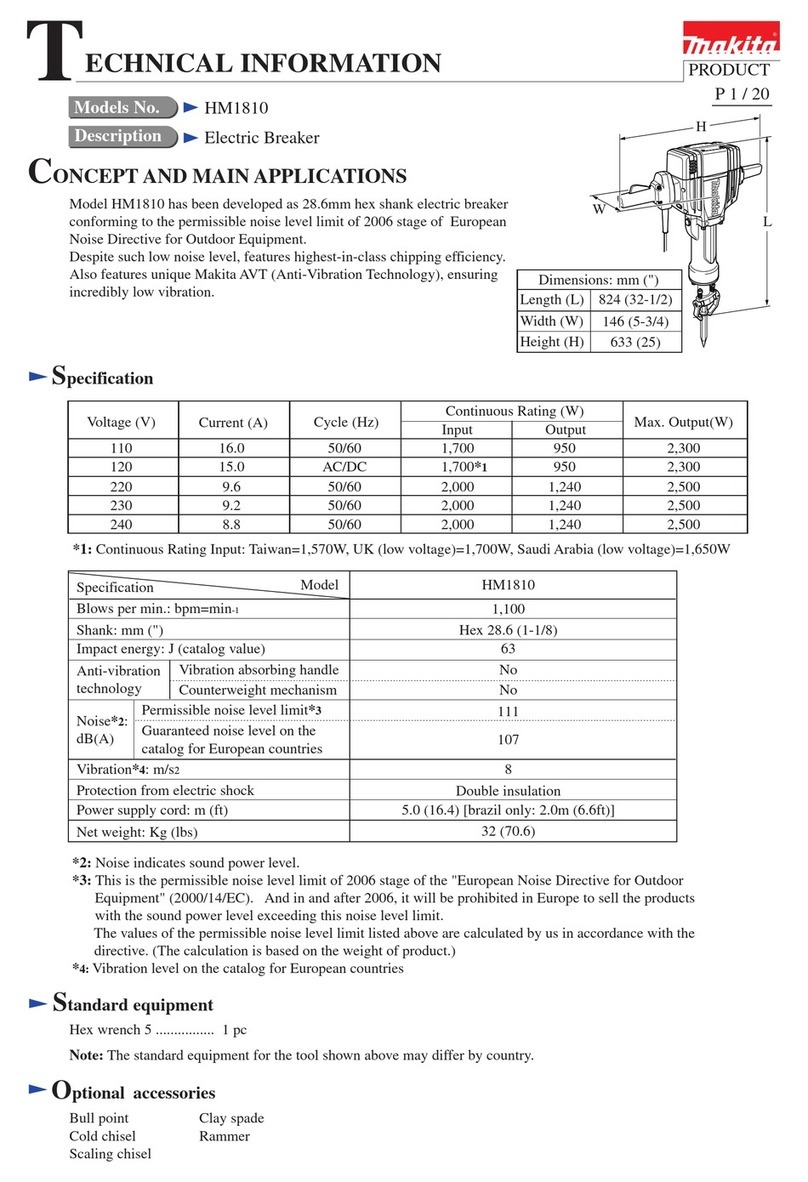
Makita
Makita HM1810 User manual
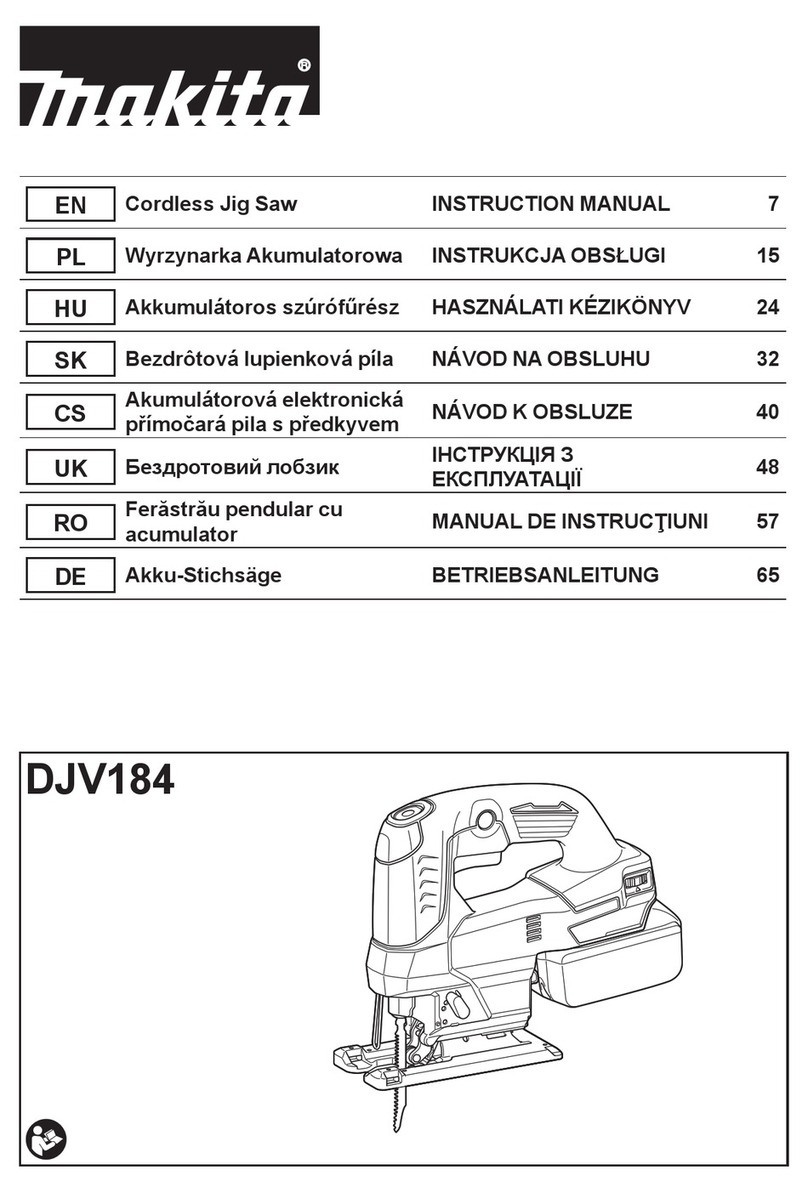
Makita
Makita DJV184 User manual
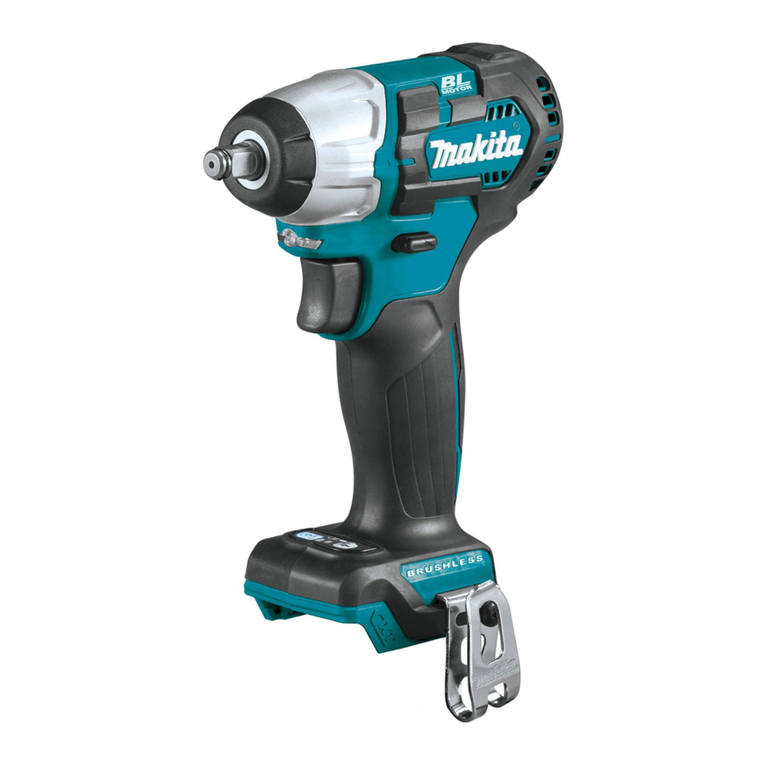
Makita
Makita TW161D User manual
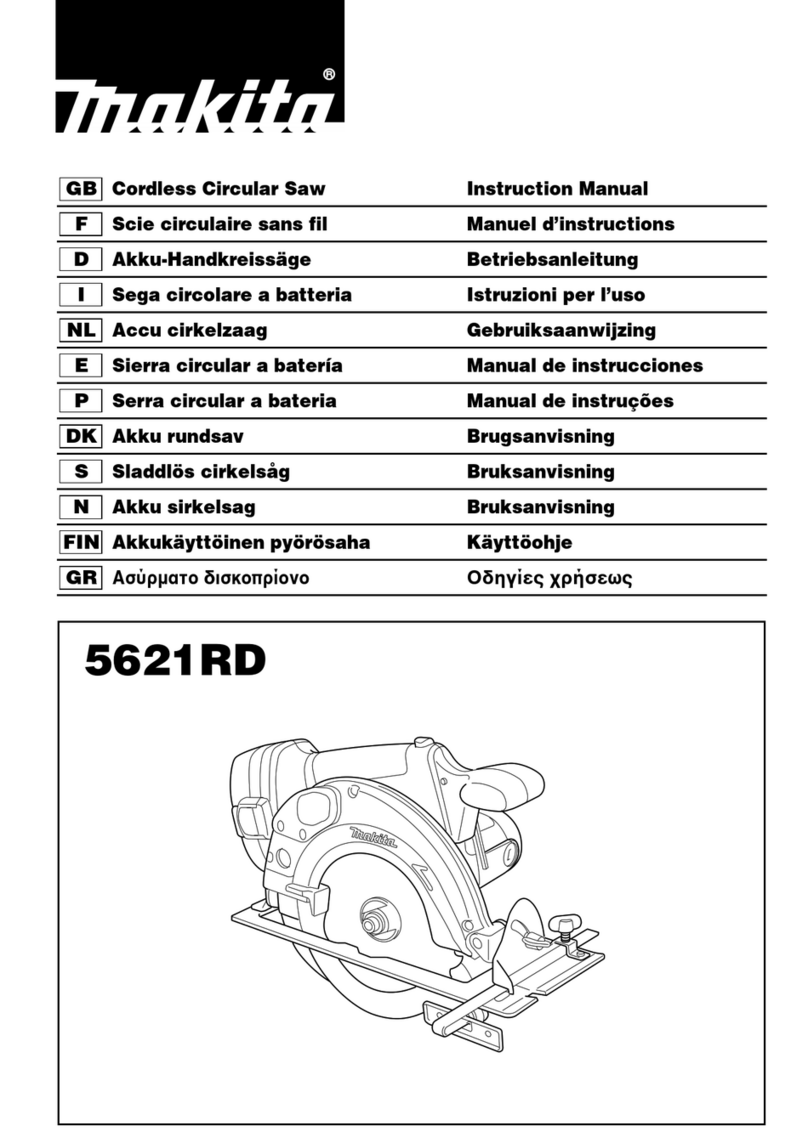
Makita
Makita 5621RD User manual

Makita
Makita BHR202 User manual
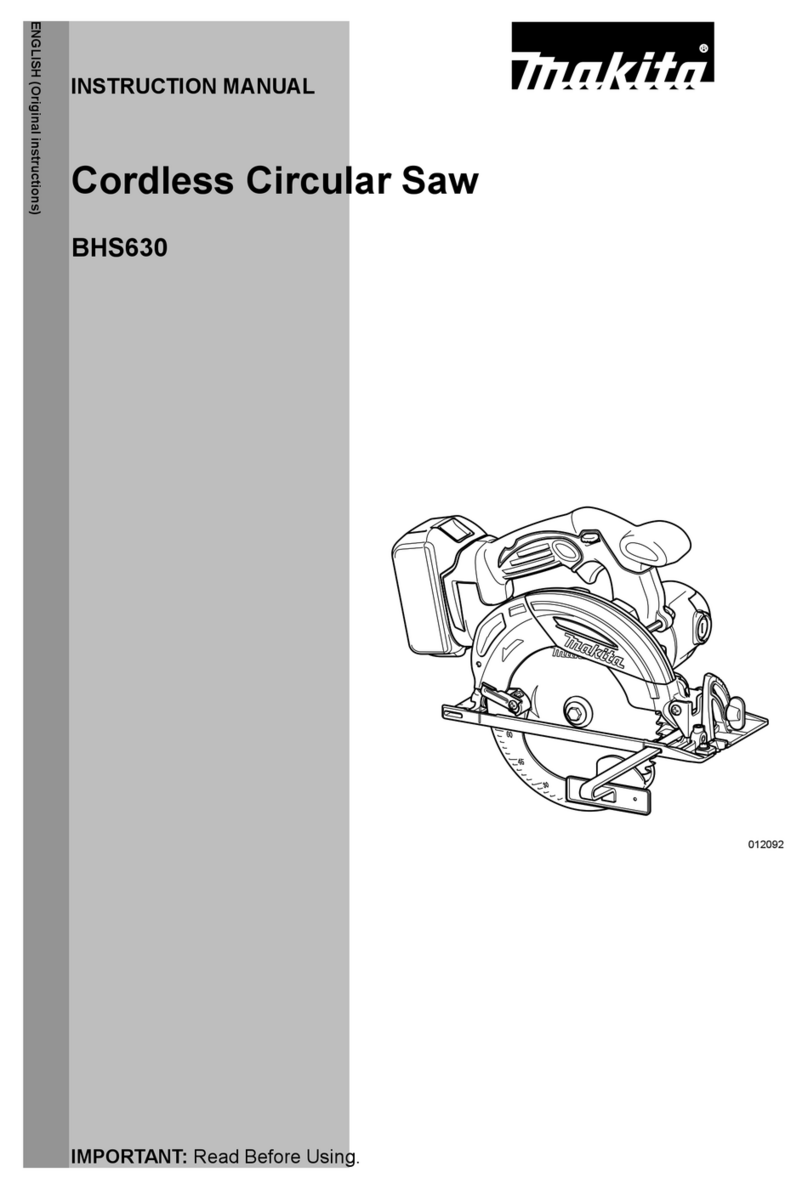
Makita
Makita BHS630 User manual
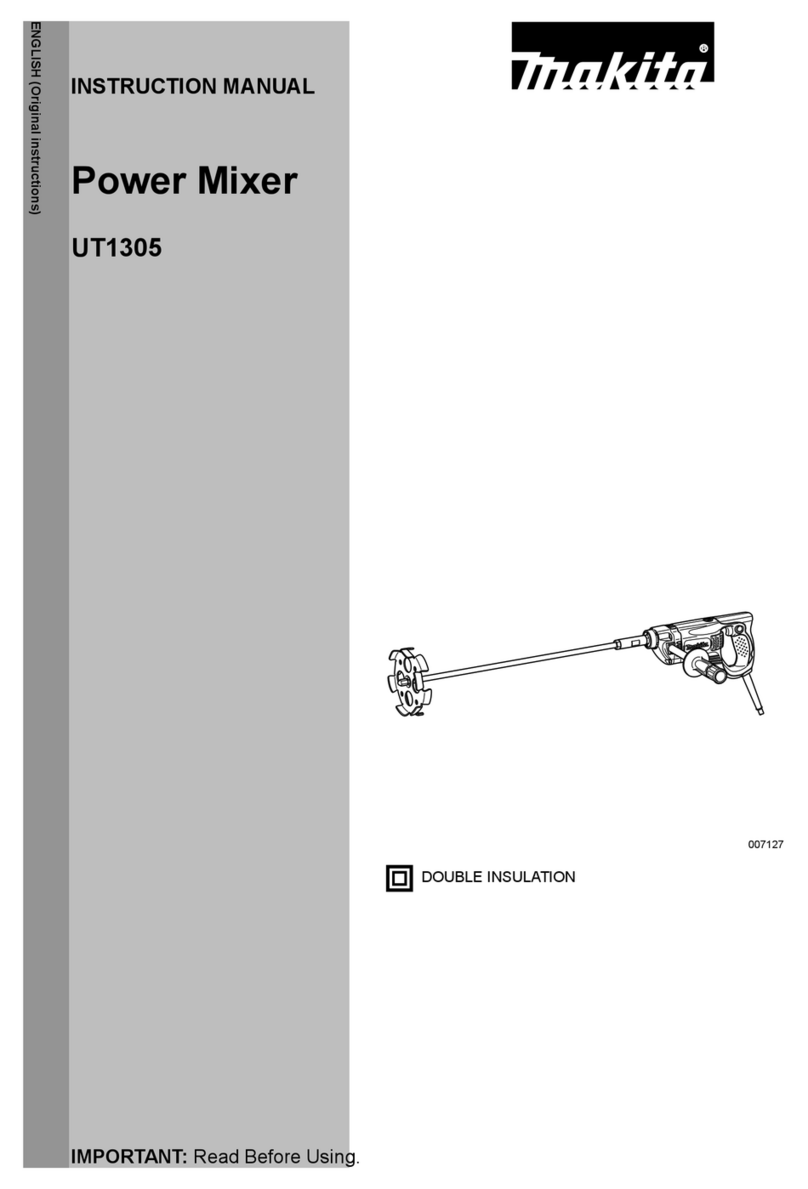
Makita
Makita UT1305 User manual

Makita
Makita 5630DWA User manual

Makita
Makita DHK180 User manual
Popular Power Tools manuals by other brands

Senco
Senco DuraSpin ExTPro installation instructions

Ferm
Ferm JSM1020 Original instructions

Milwaukee
Milwaukee M12 FUEL 2559-20 Operator's manual

EINHELL
EINHELL BT-CD 12/2 operating instructions

Evolution
Evolution HDG200 instruction manual

National Flooring Equipment
National Flooring Equipment 7700 Service manual

